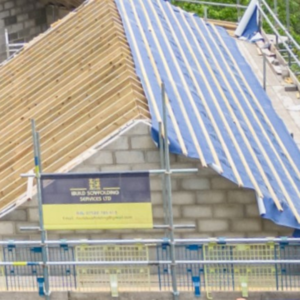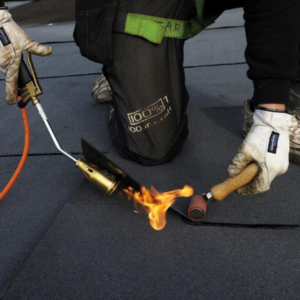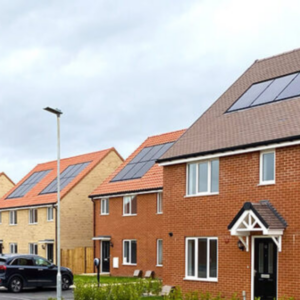Liz Bridge, Secretary of the Construction Industry Joint Tax Committee and NFRC tax adviser, provides an overview of the new reverse charge VAT, one of the most significant tax rule changes to affect the industry in years.

Last month, the construction industry came together to urge government to delay the planned introduction of the domestic reverse VAT rules because of its impact on cashflow, especially for SMEs. At the time of writing, the government is yet to respond, therefore, the reverse charge VAT rules will come into effect on 1 October, changing the way VAT is paid between businesses in the construction sector.
On 1 October, VAT will only be paid by firms in construction to firms who supply only labour and are employment businesses, and the merchants and businesses that sell building materials.
The payment of money between firms in the construction chain will pass ‘reverse charged’ and no VAT will be paid. The purpose is to collect VAT from the few contractors at the top of the construction tree who interface with the customers rather than numerous smaller subcontractors whom HMRC think are less reliable.
What payments are affected by the domestic reverse charge?
After 1 October 2019 a payment must be invoiced/applied for under the reverse charge rules if:
- The payment is for construction services (the definition is the same as for CIS payments, and
- Both parties to the contract (payer and recipient/contractor and subcontractor) are VAT registered, and
- The payment will be standard rated or reduced rated (zero rated supplies continued to be billed as they are now, but no VAT is chargeable because of the zero rate)
What is not covered by the reverse charge—work for end users
An ‘end user’ is a term used in reverse charge law and is essentially a business who will use the building or structure themselves in their own business either as a building to sell, or to rent out, or for their own use, such as offices.
Development and property companies and housebuilders are end users because they will rent or sell what they have commissioned. They deal in assets rather than supply construction services.
Another construction business who will add your work to their work and bill everything to a client as construction services is not an end user.
In deciding whether you are working for an end user, you must ask yourself who you are actually contracted with and who you are expecting to pay you. Don’t think about the final client if you will not be directly contracted to or paid by them. Ask yourself whether the firm that you work for is going to be the end user of that building or construction activity.
Supplies with reverse charge and non-reverse charge elements
Looked at on a contract-by-contract basis, a customer is either an end user in a contract or they are not. If part of a contract is for work that the customer will ‘sell on’ as construction services and where they will not be an end user, this will taint the whole contract and they are not an end user of a part. The whole contract must be reverse charged. The customer will be responsible for calculating and paying the VAT due.
What is not covered by the domestic reverse charge
The supply of building materials only, without any fix, is not within the CIS scheme and so it is not covered by the reverse charge legislation. When you buy building materials you will be charged VAT normally.
If you buy building materials with any sort of services of fix or install, the contract is covered by CIS and reverse charge may be appropriate.
Caution—a subcontractor cannot simply split the invoice into two, one for materials and one for fix. The CIS scheme and the reverse charge both focus on nature of the supply under the contract. If a contract is for supply and fix it wholly falls within CIS and reverse charge.
The CIS Scheme and VAT reverse charge
Where a subcontractor is gross paid, he will be paid all the money due under the contract. If the VAT is to be reverse charged, he will be paid in full but without VAT.
Where the subcontractor is net paid for CIS, he receives a payment for all his materials but is subject to a 20 per cent deduction on the balance. Where the invoice is to be reverse charged, he is paid no VAT at all (none on the materials because they are part of a supply and fix contract).
Liz Bridge provides full guidance including where to get HMRC and government advice.



